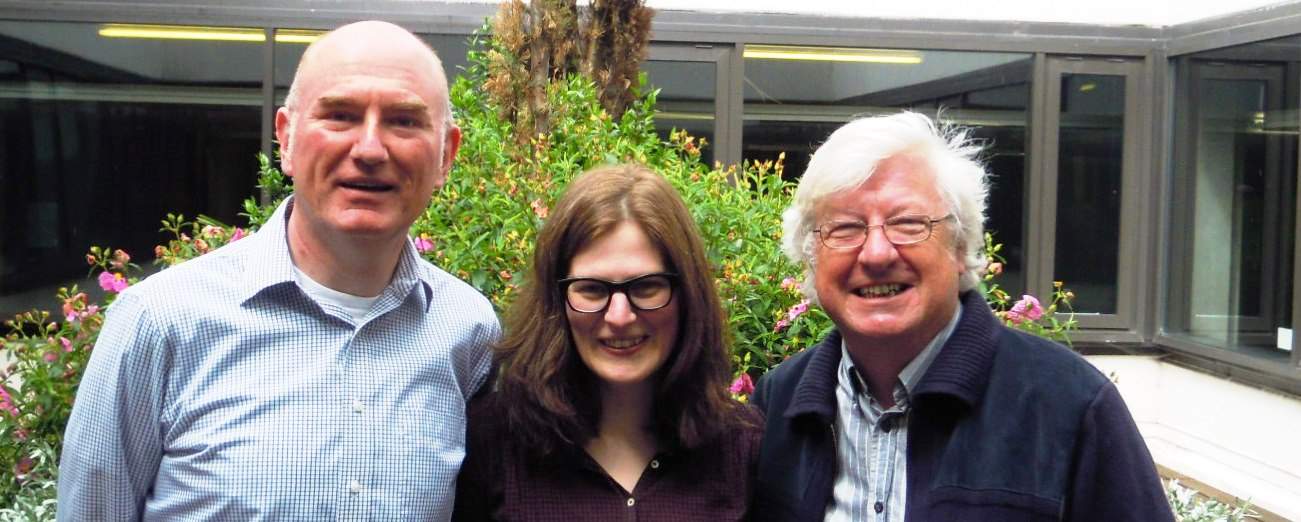Explore Ireland’s history through the people who lived it
The free online course, ‘Irish Lives in War and Revolution: Exploring Ireland’s History 1912-1923’ from Trinity College Dublin, starts 1 September on FutureLearn. The instructors are Professor Ciaran Brady, Dr Anne Dolan and Dr Ciarán Wallace. Here, they explain how the course goes beyond traditional histories of the period, to ask how war and rebellion … Continued
The free online course, ‘Irish Lives in War and Revolution: Exploring Ireland’s History 1912-1923’ from Trinity College Dublin, starts 1 September on FutureLearn. The instructors are Professor Ciaran Brady, Dr Anne Dolan and Dr Ciarán Wallace. Here, they explain how the course goes beyond traditional histories of the period, to ask how war and rebellion shaped ordinary people’s lives.
In the summer of 1914, Ireland stood on the brink of civil war between Unionism and Nationalism – one side wanting to maintain the Union with Britain, the other seeking Home Rule for Ireland.
By August, any thoughts of civil war were put on hold, as the country became embroiled in World War 1 and thousands of Irish men enlisted to fight on the British side.
1916 brought rebellion to Dublin with nationalists renewing their pursuit for independence in the Easter Rising. And like many other parts of Europe, the conflict continued in Ireland beyond 1918 – the years that followed WW1 brought political upheaval and violent turmoil.
By 1922, Ireland found itself again on the verge of civil war – just not the one it had bargained for back in 1914. The events of this period would eventually lead to the Ireland – north and south – which we know today.
‘Irish Lives in War and Revolution’ will explore the complex twists and turns of this troubled period in Irish history. Its main challenge is to consider what violence, in its many forms, did to people and society – what world war, rebellion and civil war did to those living through it and its tumultuous wake.
The course looks beyond the familiar names and the famous faces – the traditional histories can tell us about them. Instead, it explores how the events that shaped the nature of modern Ireland – the Great War, the Easter Rising, the Irish war of independence and civil war – were experienced by the people who lived through them or in spite of them.
In the first week, we’ll meet ordinary people on both sides of the conflict: a working-class Belfast mother, fearful of the rebellion; a respectable Dublin father, representing the conventional, conservative face of nationalism; a teenager from County Cork, typical of an increasingly radical generation of nationalists; and a former English soldier, recruited as an auxiliary policeman after WW1 to support the existing forces in Ireland.
But this is just the beginning of a far wider engagement with a whole variety of different people and perspectives throughout the six-week course.
Looking at the intricate and complex tapestry of lives lived, often in the midst of chaos, we’ll ask different questions of these years. Do we understand war better if we consider the motivations that took a single soldier to the front, whether that front was in Flanders or Dublin? And does our sense of the entire period change when we examine general social and cultural trends, or when we investigate their effect on private lives?
To find out, and discuss these issues, join us in this free online course, ‘Irish Lives in War and Revolution: Exploring Ireland’s History 1912-1923’, from Trinity College Dublin. It starts September 1, 2014 on FutureLearn.com.






